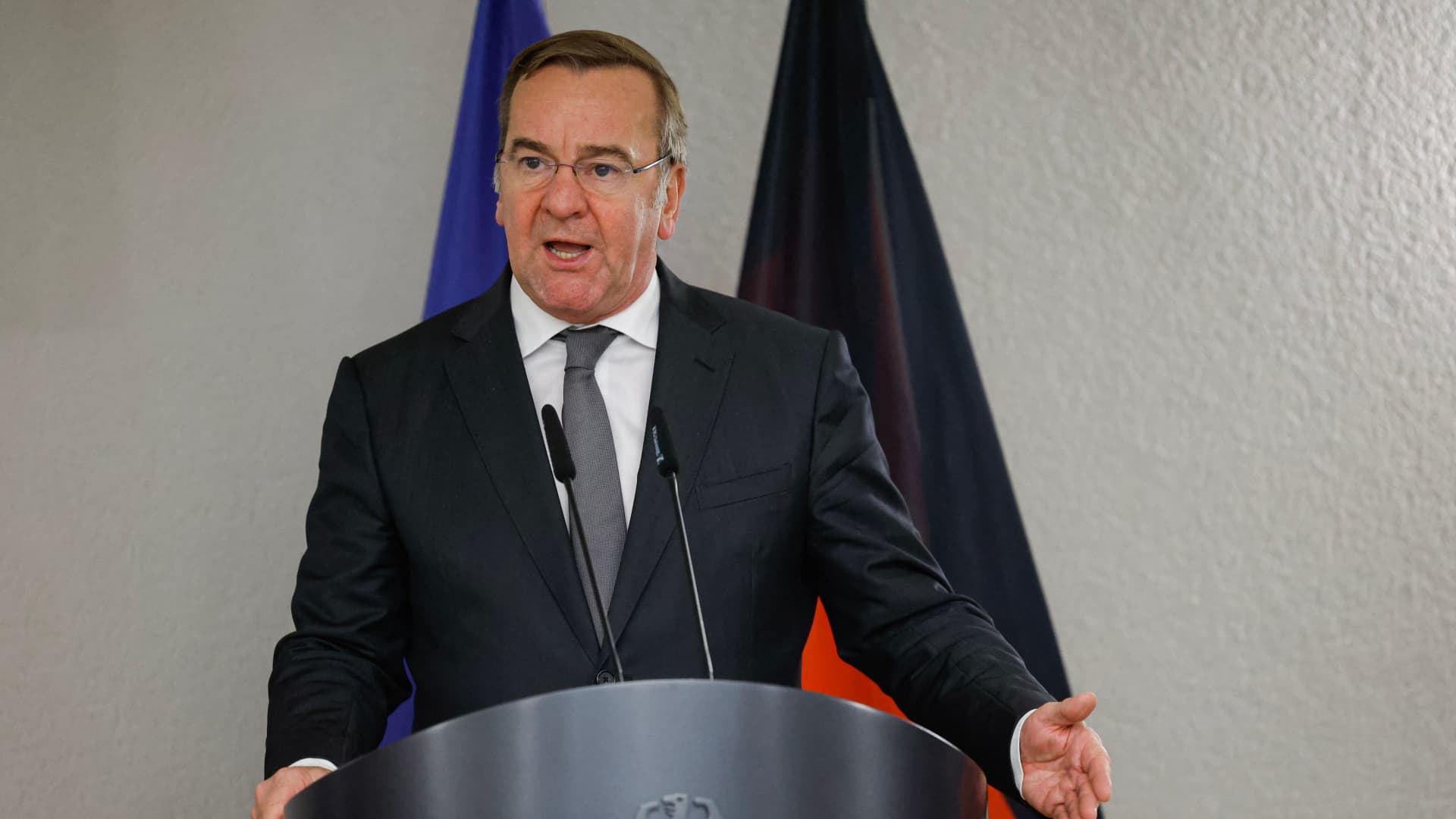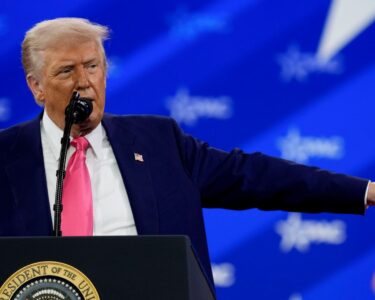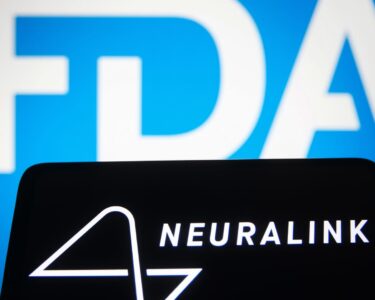Germany’s defense minister said on Saturday that his country’s commitment to spend 2% of GDP on defense was just the starting point and that more would likely be needed.
Earlier in the day, German Chancellor Olaf Scholz insisted that the 2% spending target would be met “in the 2020s, in the 2030s and beyond.”
However, Boris Pistorius, Germany’s federal minister of defense, stressed that spending 2% was always designed to be a minimum.
“2% can only be the start of it. We might — we’ll probably need more — in the next years,” Pistorius said on a CNBC-moderated panel at the Munich Security Conference.
The comments come after former U.S. President Donald Trump said last weekend that he “would encourage” Russia “to do whatever the hell they want” to NATO members that don’t meet the alliance’s defense spending guidelines.
In 2006, NATO member countries committed to spending a minimum of 2% of their gross domestic product on defense, “to continue to ensure the Alliance’s military readiness.” This year, 18 of 31 NATO members are expected to reach the target — up from just three in 2014.
Pistorius cited growing geopolitical tensions around the world, including in Europe, the Indo-Pacific and Africa, as the reason he expects defense spending to increase.
“We need more attention, on the one hand side, to what is going on in the world, because everybody has to engage there. The U.S., we NATO, European Union and others,” he said.
“And at the same time, we have to achieve … more in Europe because others, like for example the U.S., might shift their attention more to the Indo-Pacifc and … not to do as much as before in Europe. So in any case, we are challenged and we have to accept that.”
When asked by CNBC’s Silvia Amaro whether a 4% spending target was reasonable, Pistorius refused to confirm a number, instead arguing that it was about spending what was needed, along with funding the development of the defense industry.
“We might reach 3% or maybe even 3.5%, it depends on what is happening in the world,” he added.





